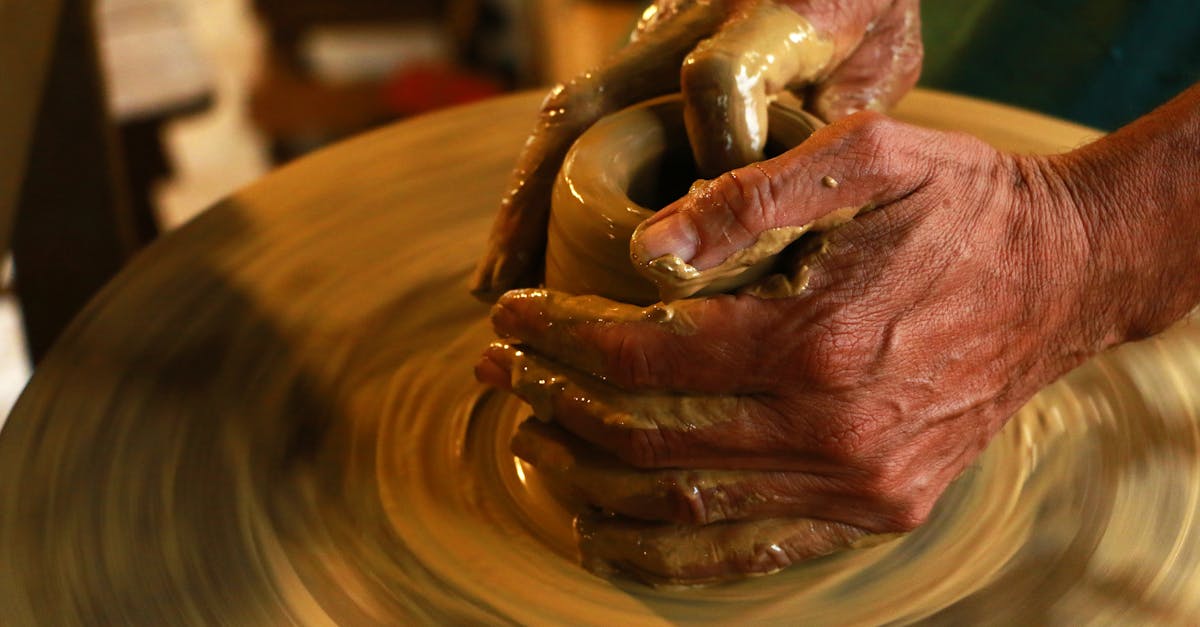Relief sculpture has been a celebrated art form for centuries, offering artists a dynamic way to bring depth and dimension to their creations. In the realm of environmental sculpture, relief sculpture plays a crucial role in transforming spaces and engaging viewers in a tactile experience. This article delves into the world of relief sculpture, with a particular focus on its intersection with clay and plaster mediums, highlighting key aspects and concepts that make this art form truly remarkable.
1. Types of Relief Sculpture:
Relief sculpture encompasses various types, including high relief, low relief, and sunken relief. High relief features deeply carved elements that almost detach from the background, creating a dramatic effect. Low relief, also known as bas-relief, involves shallow carving where the design remains closely attached to the surface. Sunken relief, on the other hand, sees the design recessed below the surface, providing a unique play of light and shadow.
2. Nature of Environmental Sculpture:
Environmental sculpture involves the integration of sculptural elements with the surrounding environment, creating immersive and interactive art experiences. Relief sculpture lends itself well to environmental settings, where it can adorn architectural facades, public spaces, and natural landscapes, enriching the overall ambiance and storytelling of a space.
3. Clay as a Versatile Medium:
Clay has been a favored medium for sculptors due to its malleability and accessibility. When used in relief sculpture, clay allows artists to build up layers and textures, capturing intricate details and creating expressive compositions. The tactile nature of clay invites artists to experiment with form and surface treatments, adding depth and character to their relief works.
4. Plaster for Replicating Details:
Plaster serves as an essential material in relief sculpture for its ability to reproduce intricate details with precision. Artists often create molds from clay or other sculpting materials and then use plaster to cast the final relief piece. Plaster captures fine textures and subtle nuances, making it a favored medium for replicating historical reliefs and architectural ornamentation.
5. Historical Significance of Relief Sculpture:
Relief sculpture has a rich history dating back to ancient civilizations, where it adorned temples, tombs, and public spaces with symbolic imagery and narrative scenes. From the vivid friezes of the Parthenon in Greece to the intricate reliefs of the Egyptian pyramids, relief sculpture has served as a medium for storytelling, commemoration, and cultural expression throughout the ages.
6. Contemporary Approaches to Relief Sculpture:
In modern times, artists continue to push the boundaries of relief sculpture, exploring new techniques, materials, and concepts. Contemporary relief artists experiment with digital technologies, mixed media, and unconventional materials to create innovative and thought-provoking works that challenge traditional notions of relief sculpture.
7. Expressive Possibilities of Relief Sculpture:
Relief sculpture offers a versatile platform for artists to convey emotions, narratives, and abstract concepts. Through the interplay of form, texture, and shadow, artists can evoke a range of moods and meanings in their relief compositions. Whether depicting mythological scenes, natural motifs, or abstract forms, relief sculpture allows for endless creative exploration and expression.
8. Educational Value of Relief Sculpture:
For aspiring sculptors and art enthusiasts, relief sculpture serves as a valuable learning tool for understanding spatial relationships, composition, and sculptural techniques. Studying relief works from different periods and cultures provides insights into artistic traditions, craftsmanship, and storytelling methods, fostering a deeper appreciation for the art form and its cultural significance.
9. Promoting Sustainability through Environmental Relief Sculpture:
In a world increasingly focused on sustainability and environmental awareness, relief sculpture can serve as a powerful tool for promoting eco-friendly practices and inspiring conservation efforts. Artists incorporating natural materials, recycled elements, and environmental themes in their relief sculptures contribute to a dialogue on environmental stewardship and the interconnectedness of art and nature.
Conclusion:
Relief sculpture stands as a timeless art form that continues to captivate and inspire audiences with its beauty, depth, and storytelling potential. Whether crafted in clay, plaster, or other mediums, relief sculpture offers a rich tapestry of techniques, styles, and narratives that reflect the diversity and creativity of human expression. By exploring the intersection of relief sculpture with environmental themes and alternative materials, artists have the opportunity to push the boundaries of this ancient art form and create meaningful connections between art, nature, and society.


